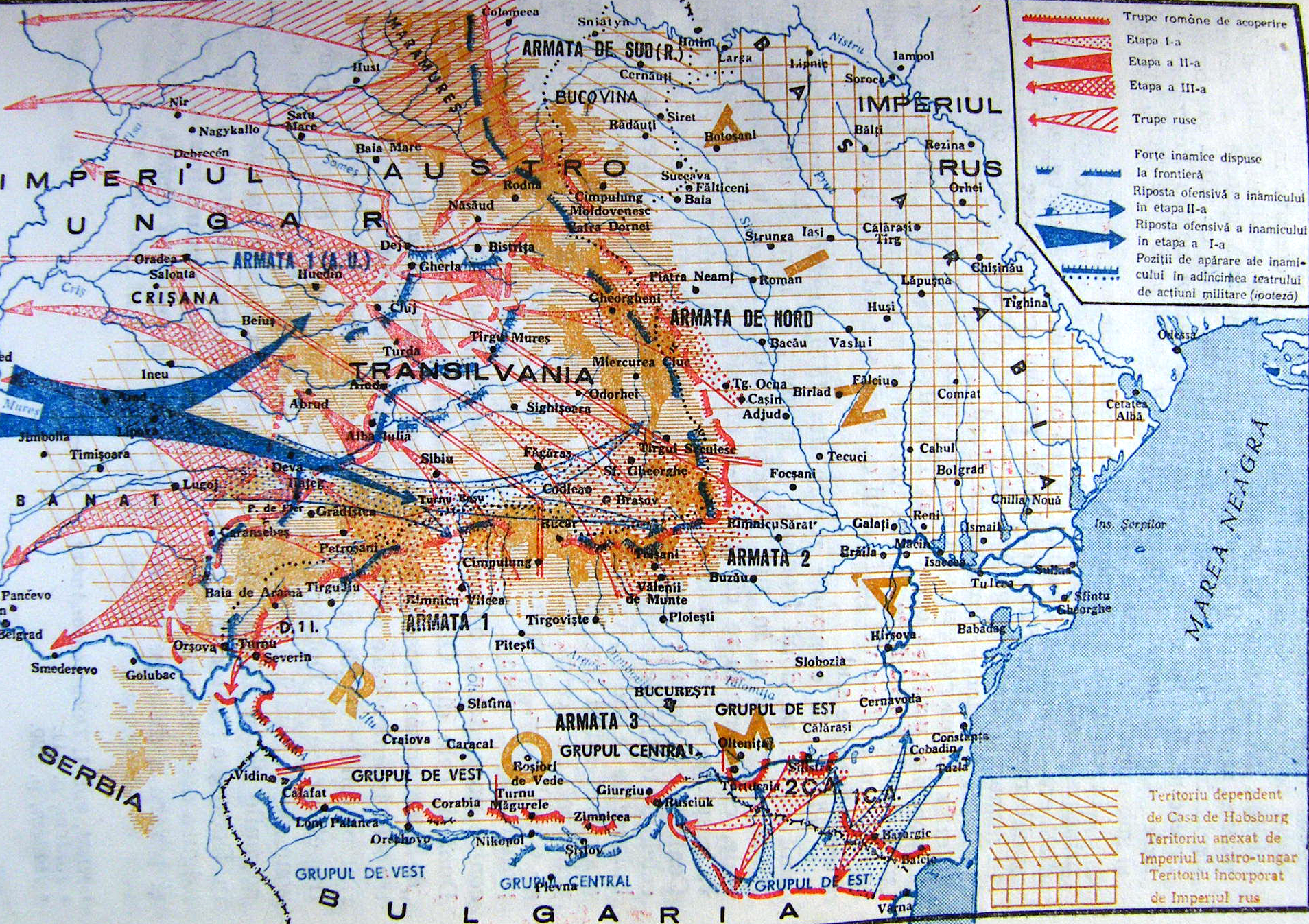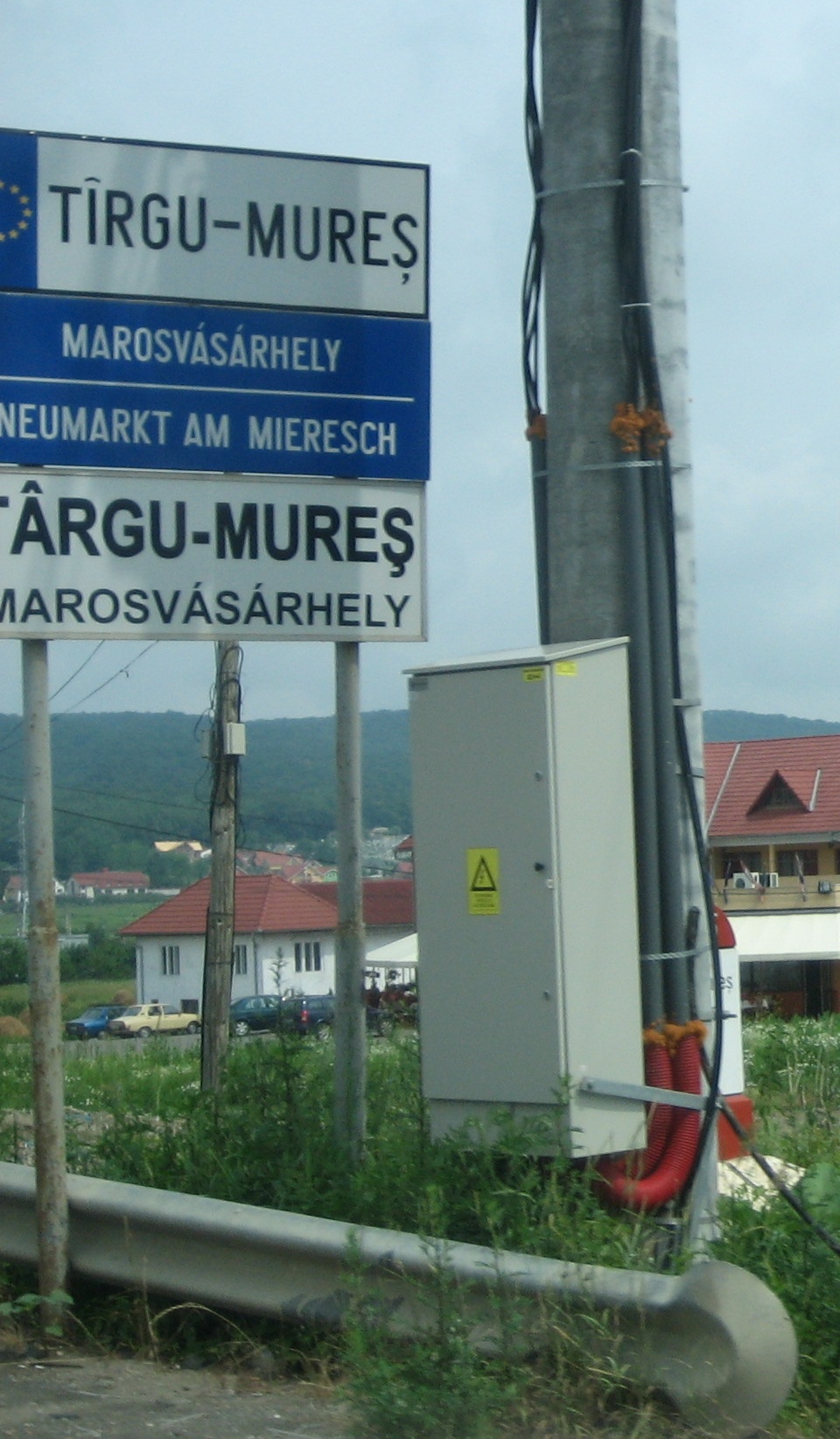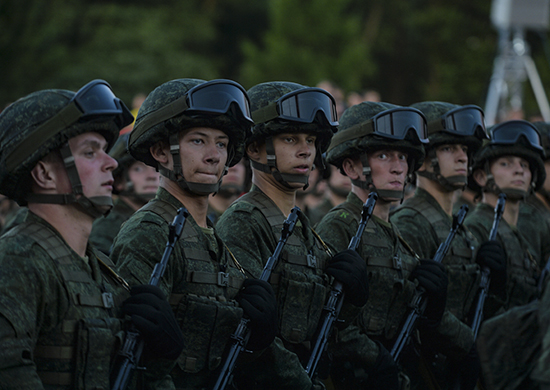|
Hypothesis Z
Hypothesis Z ( ro, Ipoteza Z), sometimes known as Plan Z ( ro, Planul Z, link=no), was the name of Romania's first war plan for World War I. It was based on an offensive against Austria-Hungary in Transylvania and a simultaneous defense of the country against Bulgarian attacks in the south. Once Russian forces had arrived in Dobruja, the Romanian Army would launch another offensive against Bulgaria. Hypothesis Z was definitively developed and completed by July 1916. Its application in the war in which Romania entered in August 1916 was unsuccessful, but its main objective, to achieve the unification of the Romanian nation, was realised anyway after the war. History When World War I began, the Chief of the Romanian General Staff began studying and elaborating several war plans with the objective of attending state interests in the new political and military scenario of Europe. The war plans were called "operation plans" or "hypotheses" and had several variants with the intention o ... [...More Info...] [...Related Items...] OR: [Wikipedia] [Google] [Baidu] |
Târgu Mureș
Târgu Mureș (, ; hu, Marosvásárhely ) is the seat of Mureș County in the historical region of Transylvania, Romania. It is the 16th largest Romanian city, with 134,290 inhabitants as of the 2011 census. It lies on the Mureș River, the second longest river in Romania (after the Danube). Names and etymology The current Romanian name of the city, ''Târgu Mureș'', is the equivalent of the Hungarian ''Marosvásárhely'', both meaning "market on the Mureș (Maros) iver. ''Târg'' means "market" in Romanian and ''vásárhely'' means "marketplace" in Hungarian. Local Hungarians often shorten ''Marosvásárhely'' to ''Vásárhely'' in speech. The Jesuit priest Martin Szentiványi provides the first known written reference naming the city; in his work ''Dissertatio Paralipomenonica Rerum Memorabilium Hungariae'' (written in 1699) he records the name as ''Asserculis'' by stating, in Latin, ''Asserculis, hoc est Szekely Vasarhely'', meaning, ''Asserculis, here is Szekel ... [...More Info...] [...Related Items...] OR: [Wikipedia] [Google] [Baidu] |
1916 In Military History
Events Below, the events of the First World War have the "WWI" prefix. January * January 1 – The British Empire, British Royal Army Medical Corps carries out the first successful blood transfusion, using blood that had been stored and cooled. * January 9 – WWI: Gallipoli Campaign: The last British troops are evacuated from Gallipoli, as the Ottoman Empire prevails over a joint British and French operation to capture Constantinople. * January 10 – WWI: Erzurum Offensive: Russia defeats the Ottoman Empire. * January 12 – The Gilbert and Ellice Islands Colony, part of the British Empire, is established in present-day Tuvalu and Kiribati. * January 13 – WWI: Battle of Wadi (1916), Battle of Wadi: Ottoman Empire forces defeat the British, during the Mesopotamian campaign in modern-day Iraq. * January 29 – WWI: Paris is bombed by German Empire, German zeppelins. * January 31 – WWI: An attack is planned on Verdun, France. February * ... [...More Info...] [...Related Items...] OR: [Wikipedia] [Google] [Baidu] |
1916 In Romania
Events from the year 1916 in Romania. Incumbents *King: Ferdinand I of Romania *Prime Minister: Ion I. C. Brătianu Events *August 27 – Romania declares war on Austria-Hungary. The Romanian Army begins an offensive in Transylvania. *August 27-November 26 – Battle of Transylvania - Although initially successful, the offensive was brought to a halt after Kingdom of Bulgaria, Bulgaria's attack on Dobruja. Coupled with a successful German and Austro-Hungarian counterattack after September 18, the Romanian Army was eventually forced to retreat back to the Carpathian Mountains, Carpathians by late October. *September 2–6 – Battle of Turtucaia *September 5–7 – Battle of Dobrich *September 17–19 – First Battle of Cobadin *September 29-October 5 – Flămânda Offensive *October 19–25 – Second Battle of Cobadin *November 25 – The entire state apparatus is evacuated from Bucharest to Iași in anticipation of the Battle of Bucharest. *November 25 – December 6 - Bat ... [...More Info...] [...Related Items...] OR: [Wikipedia] [Google] [Baidu] |
Romanian Campaign (1916)
After a series of quick tactical victories on the numerically overpowered Austro-Hungarian forces in Transylvania, in the autumn of 1916, the Romanian Army suffered a series of devastating defeats, which forced the Romanian military and administration to withdraw to Western Moldavia, allowing the Central Powers to occupy two thirds of the national territory, including the state capital, Bucharest. The main causes of the Romanian Army’s defeat by the numerically inferior German and Austro-Hungarian forces in the campaign of 1916 were the major political interferences in the act of military supervision, the incompetence, the imposture and the cowardice of a significant part of the military echelon of conduct, as well as the lack of an adequate training and troops’ equipment for that specific type of war. The offensive in Transylvania On the night of 27 August 1916, three Romanian armies started the attack by crossing the Southern Carpathians and entering Transylvania. The ... [...More Info...] [...Related Items...] OR: [Wikipedia] [Google] [Baidu] |
Romania During World War I
The Kingdom of Romania was neutral for the first two years of World War I, entering on the side of the Allied powers from 27 August 1916 until Central Power occupation led to the Treaty of Bucharest in May 1918, before reentering the war on 10 November 1918. It had the most significant oil fields in Europe, and Germany eagerly bought its petroleum, as well as food exports. From the point of view of its belligerent status, Romania was a neutral country between 28 July 1914 and 27 August 1916, a belligerent country on the part of the Entente from 27 August 1916 to 9 December 1917, in a state of armistice with the Central Powers from 10 December 1917 to 7 May 1918, a non-combatant country between 7 May 1918 and 10 November 1918, and finally a belligerent country in the Entente between 10 and 11 November 1918. At the start of World War I, King Carol I of Romania favored Germany, while the nation's political elite favored the Entente. As such, the crown council took the decision to ... [...More Info...] [...Related Items...] OR: [Wikipedia] [Google] [Baidu] |
Great Union
In Romanian historiography, the Great Union ( ro, Marea Unire) or Great Union of 1918 () was the series of political unifications the Kingdom of Romania had with several of the so-called Romanian historical regions, starting with Bessarabia on 27 March 1918, continuing with Bukovina on 28 November 1918 and finalizing with Transylvania (on its broad meaning) on 1 December 1918 with the declaration of the union of this region with Romania during an assembly at the city of Alba Iulia. Romanians also consider several other events as preludes to the Great Union, such as the unification of Moldavia and Wallachia (also known as the Little Union, ) in 1859 or the independence of the country and the annexation of Northern Dobruja in 1878, and also the occupation of Transylvania and Moldavia by the Prince of Wallachia, Michael the Brave, in 1600. Today, the Great Union has an important meaning in Romania, and it is commemorated in the Great Union Day, the national day of the country, ... [...More Info...] [...Related Items...] OR: [Wikipedia] [Google] [Baidu] |
Tutrakan
Tutrakan ( bg, Тутракан , ro, Тurtucaia, tr, Turtukaya) is a town in northeastern Bulgaria, an administrative centre of the homonymous municipality, part of Silistra Province. It is situated on the right bank of the Danube opposite the Romanian town of Oltenița (to which it was linked through a ferry but the ferry does not work anymore), in the very west of Southern Dobruja, 58 km east of Rousse and 62 km west of Silistra. History The town was founded by the Ancient Romans in the end of the first half of the 1st century under the name ''Transmarisca''. The settlement was part of the Roman military boundary in the 1st and 3rd century and reached its apogee in the 4th century, when, under the personal management of Diocletian, it was made one of the largest strongholds of the Danubian limes. The ancient town and fortress were destroyed in the beginning of the 7th century and the modern town carrying its present name emerged in the end of the century, rem ... [...More Info...] [...Related Items...] OR: [Wikipedia] [Google] [Baidu] |
Romanian Danube Flotilla
The Romanian Danube Flotilla is the oldest extant naval force on the Danube, dating since 1860, when the Romanian Navy was founded. It saw service during most of the wars involving Romania, and was the most powerful river naval force in the world during the Interwar period. Beginning During the 1877-1878 Romanian War of Independence, the Flotilla consisted of two armed steamers (one paddle steamer and one yacht), one purpose-built gunboat armed with one gun ('' Fulgerul'') and one spar torpedo boat ('' Rândunica''). The Flotilla's main success of the war was the sinking of the Ottoman monitor ''Seyfi'' by the torpedo boat ''Rândunica''. Pre-World War I expansion 1882 The first expansion of the Romanian Danube Flotilla took place in 1882. Two armored torpedo boats, ''Șoimul'' and ''Vulturul'', were purchased from Yarrow in Britain, where ''Rândunica'' was also built seven years prior. These boats had a displacement of 12 tons, measuring 19 meters in length, with a beam of 2.5 ... [...More Info...] [...Related Items...] OR: [Wikipedia] [Google] [Baidu] |
Bucharest
Bucharest ( , ; ro, București ) is the capital and largest city of Romania, as well as its cultural, industrial, and financial centre. It is located in the southeast of the country, on the banks of the Dâmbovița River, less than north of the Danube River and the Bulgarian border. Bucharest was first mentioned in documents in 1459. The city became the capital of Romania in 1862 and is the centre of Romanian media, culture, and art. Its architecture is a mix of historical (mostly Eclectic, but also Neoclassical and Art Nouveau), interbellum ( Bauhaus, Art Deco and Romanian Revival architecture), socialist era, and modern. In the period between the two World Wars, the city's elegant architecture and the sophistication of its elite earned Bucharest the nickname of 'Paris of the East' ( ro, Parisul Estului) or 'Little Paris' ( ro, Micul Paris). Although buildings and districts in the historic city centre were heavily damaged or destroyed by war, earthquakes, and even Ni ... [...More Info...] [...Related Items...] OR: [Wikipedia] [Google] [Baidu] |
Army Reserve
A military reserve force is a military organization whose members have military and civilian occupations. They are not normally kept under arms, and their main role is to be available when their military requires additional manpower. Reserve forces are generally considered part of a permanent standing body of armed forces, and allow a nation to reduce its peacetime military expenditures and maintain a force prepared for war. In countries with a volunteer military, such as Canada, Spain, the United States and the United Kingdom, reserve forces are civilians who maintain military skills by training periodically (typically one weekend per month). They may do so as individuals or as members of standing reserve regiments—for example, the UK's Army Reserve. A militia, home guard, state guard or state military may constitute part of a military reserve force, such as the United States National Guard and the Norwegian, Swedish and Danish Home Guard. In some countries (including ... [...More Info...] [...Related Items...] OR: [Wikipedia] [Google] [Baidu] |
Danube
The Danube ( ; ) is a river that was once a long-standing frontier of the Roman Empire and today connects 10 European countries, running through their territories or being a border. Originating in Germany, the Danube flows southeast for , passing through or bordering Austria, Slovakia, Hungary, Croatia, Serbia, Romania, Bulgaria, Moldova, and Ukraine before draining into the Black Sea. Its drainage basin extends into nine more countries. The largest cities on the river are Vienna, Budapest, Belgrade and Bratislava, all of which are the capitals of their respective countries; the Danube passes through four capital cities, more than any other river in the world. Five more capital cities lie in the Danube's basin: Bucharest, Sofia, Zagreb, Ljubljana and Sarajevo. The fourth-largest city in its basin is Munich, the capital of Bavaria, standing on the Isar River. The Danube is the second-longest river in Europe, after the Volga in Russia. It flows through much of C ... [...More Info...] [...Related Items...] OR: [Wikipedia] [Google] [Baidu] |








